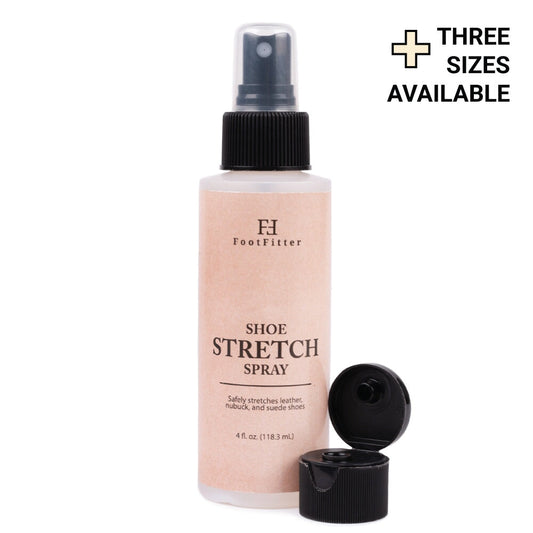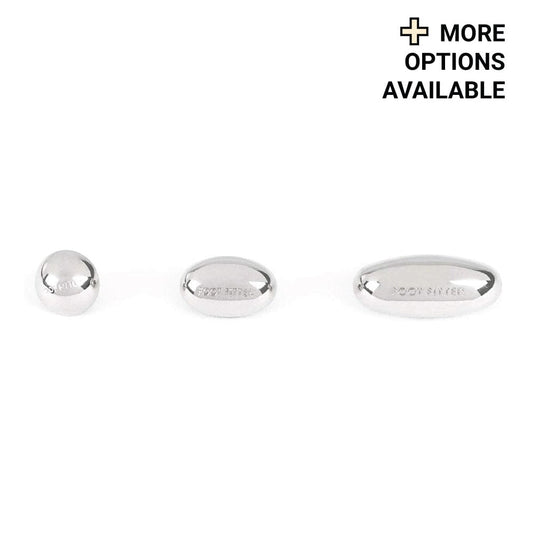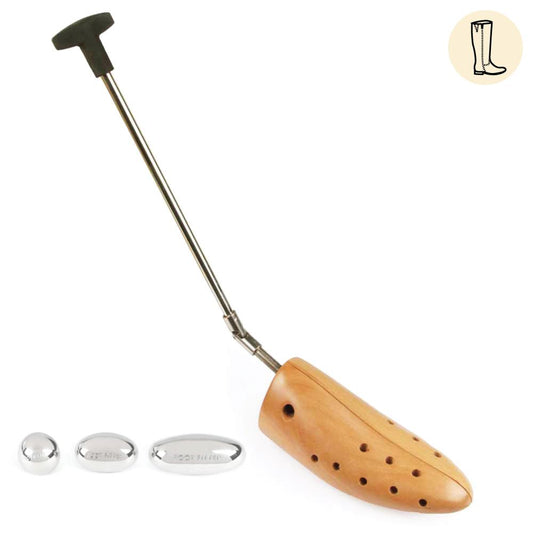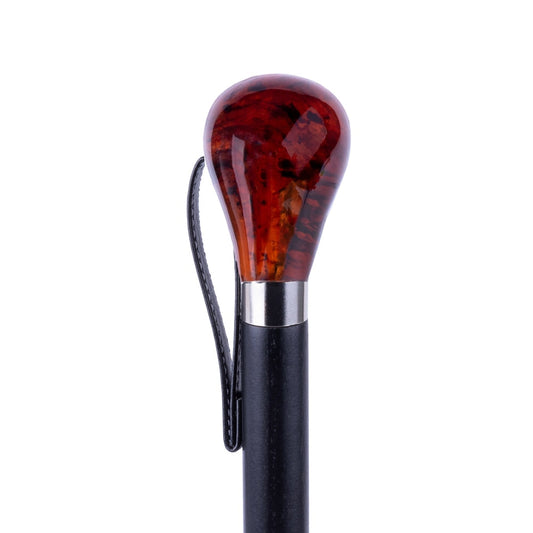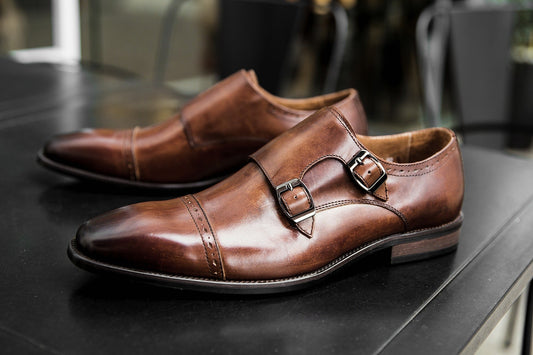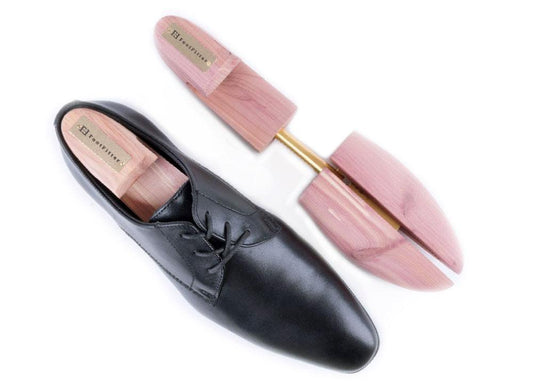Developing some kind of foot ailment is inevitable. Whether it’s a minor issue or a serious condition, something is bound to happen to our feet as we walk around.
Here at FootFitter, feet health is a top priority and we want to help out in any way we can to alleviate foot problems you may have.
We’ll be giving you tips on how to possibly address common foot ailments, however FootFitter and this blog are not medical websites.
Regardless of the severity of your foot issue, you should always consult your physician to see which treatments and remedies are right for you.
With that being said, here are some ways to alleviate some common foot ailments you may incur.
Blisters

Blisters are one of the most common types of skin problems you’ll encounter, especially on your feet. Simply put, blisters are a small pocket of fluid that can develop on your body, according to Healthline.
The most common way blisters can form on your feet is through friction — walking or standing for several hours a day, or wearing shoes that don’t fit you properly (either too big or too small).
Any time your skin is rubbing against something, a blister is likely to develop.
Several other causes of blisters include, but are limited to:
- Excessive moisture and perspiration
- After a sunburn
- Allergic reaction
- Bacterial or fungal infections
Ways to Avoid Blisters
One of the best ways to avoid developing blisters on your feet is to wear better-fitting shoes. Go to a shoe store and get your feet measured to determine the right size of shoe you should be wearing.
If your shoes are a little snug, you can use an appropriate shoe stretcher to widen and/or lengthen your footwear.
You could also mitigate blisters by wearing moisture-wicking socks if your feet sweat while walking, running or other activities.
Bunions
Bunions are another common foot issue. Medical experts believe they are a genetic abnormality of the foot that causes the big toe to lean toward the small toes. This results in a bump on the side of the big toe, according to Healthline.
These bumps of often times painless, however, a bunion could result in your toes crowding together and causing pain. It could also lead to toe or foot deformities, as well as chronic toe or foot pain.
This condition could worsen over time due to several factors:
- Wearing shoes that are too tight or too small that it causes your toes to crowd together
- Wearing shoes or heels that have pointy toes
- Standing on your feet for long periods of time
- Arthritis

Ways to Address Bunions
Using a shoe stretcher with bunion plugs can help create more space in your shoes to prevent making your bunion worse, as well as reducing the chance of developing a blister along your big toe.
You can also opt to use a cast iron ball and ring stretcher to specifically target the spot where your bunion is located in relation to your shoes.
However, if your bunion is painful to the point where it hurts to walk, you might need to consult your doctor on getting surgery to correct the issue.
Corns and Calluses

Corns are small, round circles of thick skin usually found on the top of the toes. They can also be found on the sides of the toes or the soles of your feet.
Similarly, calluses are hard, rough patches of skin usually found near the heel or ball of your feet.
Corns and calluses are caused by pressure and friction. They are how your body tries to prevent blisters from occurring, according to Healthline.
These ailments are usually painless, but they could become painful.
Here are some common ways corns and calluses can develop:
- Wearing shoes that are too tight or too loose
- Walking and running
- Wearing high heels frequently
- Walking around barefoot
- Performing manual labor
Ways to Address Corns and Calluses
Like avoiding blisters, the best way to avoid corns and calluses is to wear shoes that fit you just right. That will limit the number of friction points when you walk around.
Additionally, you can use an appropriate shoe stretcher, a toe box stretcher or a cast iron ball and ring stretcher to give your feet extra room.
If you do end up developing corns or calluses that are painful, you can use corn plasters (commonly called corn rings) or callus pads to reduce friction and pressure.
You can also soak your feet in some warm water and rub your corns or calluses with a pumice stone.
Claw Toe/Foot
Claw toe or claw foot is a slightly more serious condition in which the first toe joint points up and the second toe joint points down, according to Healthline.
This condition usually indicates an underlying illness, such as rheumatoid arthritis, diabetes or cerebral palsy. While there are different causes to claw toe/foot, it is important to consult your doctor to determine the cause of the condition and the appropriate treatment.
Ways to Address Claw Toe/Foot
Depending on the root cause of the issue, wearing well-fitting shoes may help alleviate pain associated with the condition. Using a toe box raiser could also help create more room.
But as we stated before, it is crucial that you talk to your doctor to know what the cause of your claw toe/foot might be and how to treat the issue.
Mallet/Hammer Toe
Similar to claw toe/foot, mallet/hammer toe is when the second toe joint is bent downward. It is commonly caused by arthritis or wearing shoes that are too tight or too pointy in the toe area, according to Healthline.
Mallet/hammer toe can also be caused by a traumatic toe injury, having an unusually high foot arch, tightened ligaments in the foot or even nerve damage, according to Healthline.
Ways to Address Mallet/Hammer Toe
In mild cases, wearing appropriate-sized footwear could help alleviate the issue. You can also choose to wear toe pads or insoles if the issue is caused by high foot arches.
Additionally, you can opt to use a toe box raiser or a shoe stretcher to provide your feet with more space.
In more severe cases, in which you are unable to move or flex your toes, surgery is the only solution, according to Healthline. As always, please consult your doctor if surgery is the right treatment for your condition.





